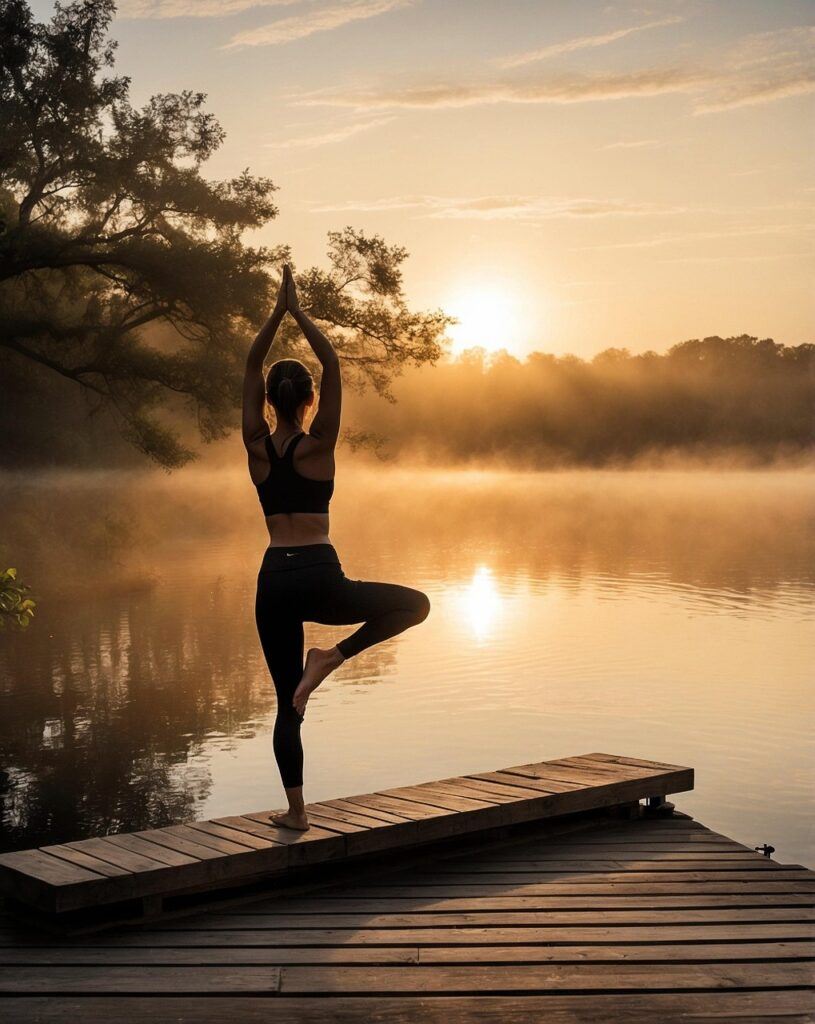Falls can be a serious concern, especially as folks get older. They aren’t just bumps and bruises—they can lead to some real injuries and lifestyle changes. Many people might not think much about balance until they start feeling a bit shaky on their feet. But it’s something that affects us from the ground up.
So, why do falls happen so often as we age? Well, the risk increases due to a mix of things like weaker muscles, poorer eyesight, or just the natural aging process. It’s like the body isn’t quite on the same page anymore. Knowing how these factors play into falls can help folks take the right steps to stay solid on their feet.
Balance is a bit of a science, really. It’s all about the body knowing where it is in space and how to stay steady. Imagine standing on one foot with your eyes closed. A bit tricky, right? That’s because balance relies on a ton of info from your muscles, joints, and even your inner ear to keep you upright.
Tackling balance issues early on can make a big difference no matter how old you are. It’s not just older people who benefit—anyone can use balance training to bolster their stability and confidence. Proactive measures help keep you standing tall, literally and figuratively.
Core Balance Exercises: Building a Strong Foundation
When you think about balance, it often kicks off with a strong core. Picture it as your body’s central support, like a sturdy trunk of a tree. Core exercises aren’t just about chiseling abs—these movements are key players in stabilizing the whole body.
Getting started with core-strengthening exercises is pretty straightforward. Simple routines like planks, bridges, and seated leg lifts can be a game changer. Don’t worry about getting them perfect from the jump; it’s all about progress, not perfection.
Balance boards and stability balls? They might seem a bit out of left field, but these tools can really amp up the balance game. They make the muscles work harder to keep you steady, perfect for adding a bit of a challenge once you’re ready.
Tracking your progress is a great motivator. Keep tabs on your improvement and stay consistent. Over time, you’ll notice just moving about becomes easier, and those everyday tasks that had you feeling wobbly before aren’t as daunting. It’s like slowly piecing together a puzzle that eventually forms a solid picture of balance and confidence.
Advanced Techniques: Challenging Your Balance
Once you’re feeling good about your core strength, it might be time to crank it up a notch. Advanced balance techniques can push your stability skills to their limits, but in a good way. It’s all about challenging yourself safely to create a stronger, more agile body.
Ever tried Tai Chi or yoga? These activities aren’t just peaceful and meditative—they’re full of dynamic movements that improve balance and coordination. They help with increasing both flexibility and strength, making them great for taking balance training further.
Don’t underestimate the power of simple tools like walking sticks and support bars. These can be especially helpful when experimenting with new movements. They offer the needed stability without taking away the challenge, acting as a safety net while you grow more confident.
Gradually increasing the difficulty of your exercises ensures you’re constantly engaging your muscles and balance without risking overexertion or injury. Think of it as finding that sweet spot in training, where you’re not just maintaining, but actively improving your skills.
Tailoring Balance Training to Individual Needs
Everybody’s different, and that’s especially true when it comes to balance training. Whether you’re young and spry or rocking the golden years, everyone’s path to better balance looks a bit unique. Customizing exercises to fit personal abilities and goals means more effective results without the unnecessary strain.
Age plays a big part in designing a balance training regimen. Younger folks might be looking to enhance their athletic performance, while older adults might focus on preventing falls and maintaining independence. Understanding these differences helps in crafting exercises that resonate with each individual.
For individuals with disabilities or chronic conditions, creativity is key. Exercises can be modified in countless ways to accommodate limitations while still strengthening balance. It’s about finding what works best without overstepping comfort zones.
Involving caregivers and medical professionals can provide extra insights and safety in personal training plans. They can offer tailored advice and adjust workouts if needed, ensuring that the balance exercises are both safe and effective. This team effort can not only share the load but also enhance the outcomes of your efforts.
